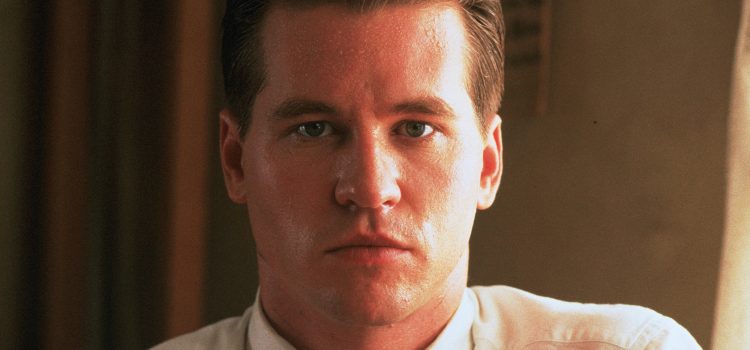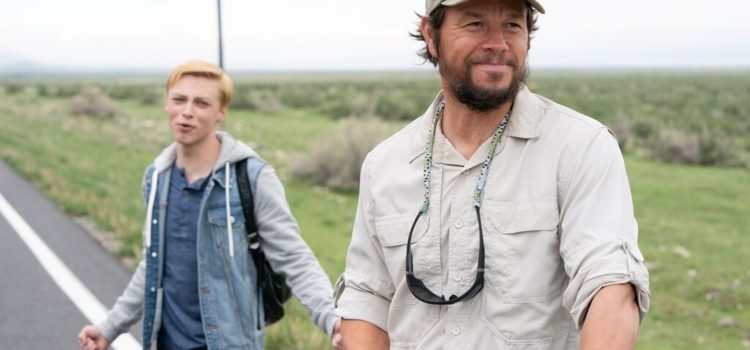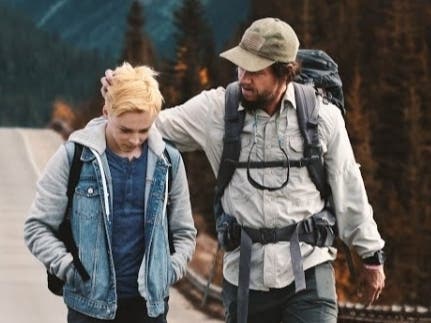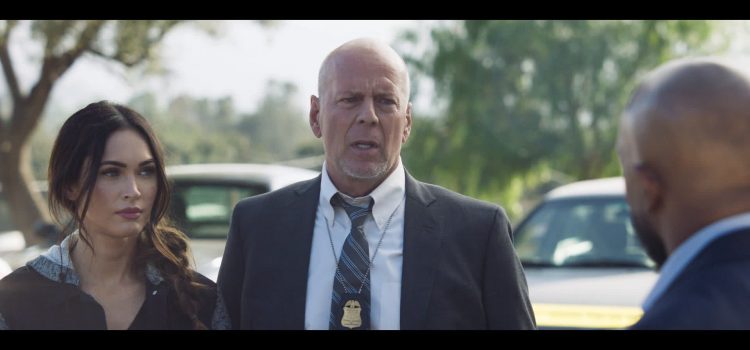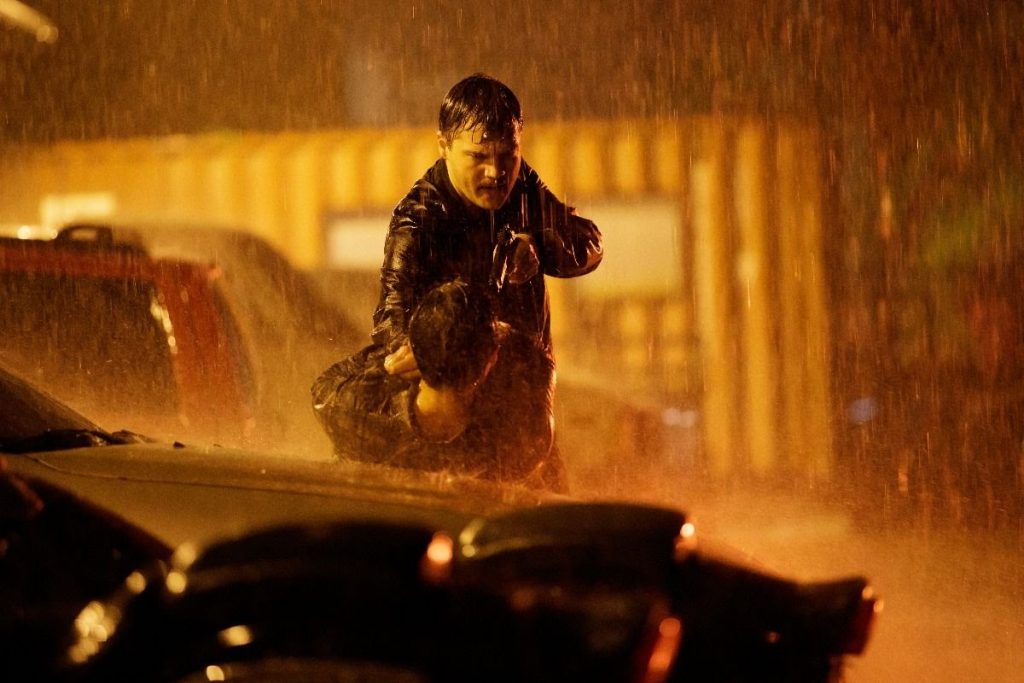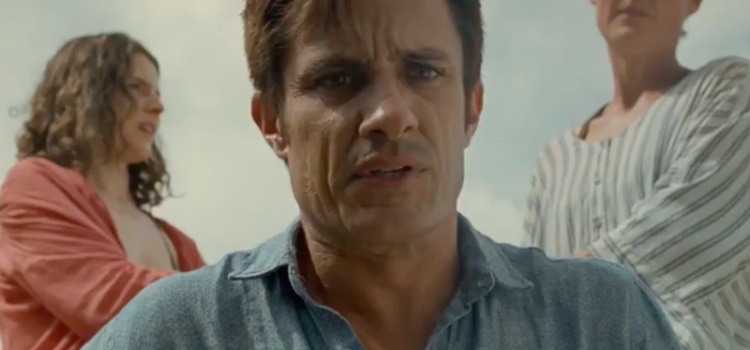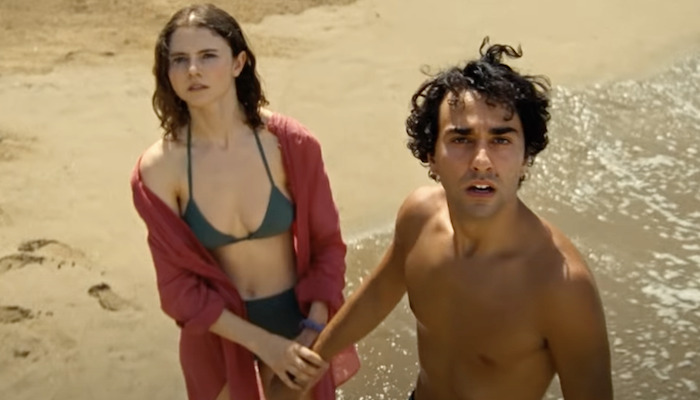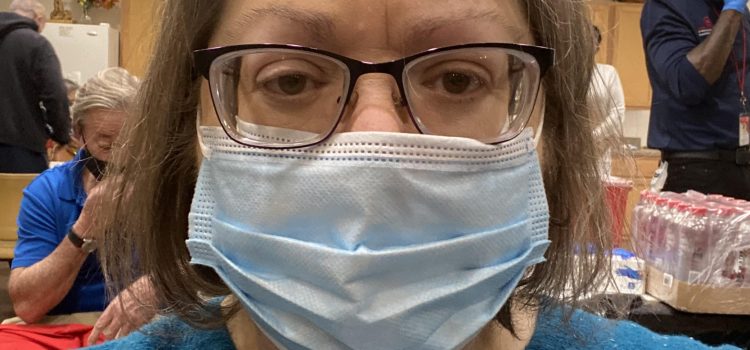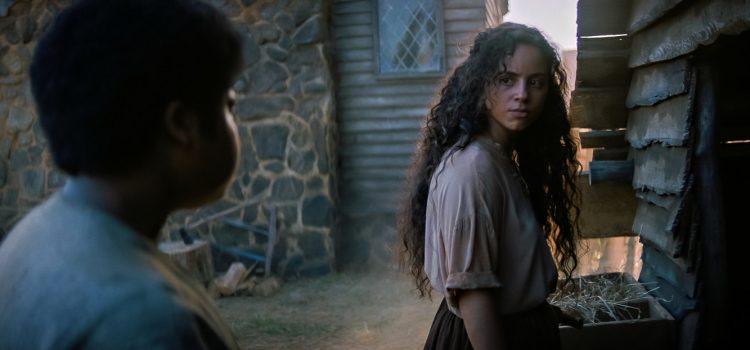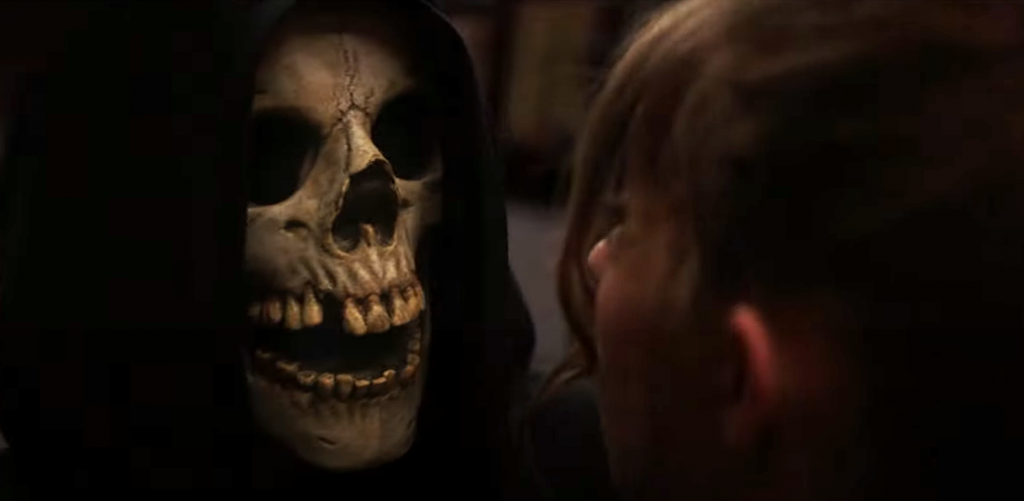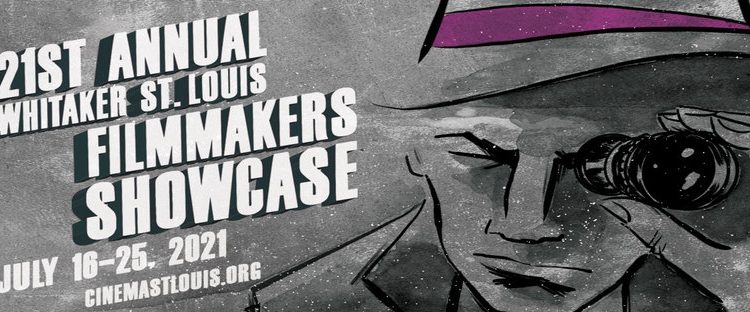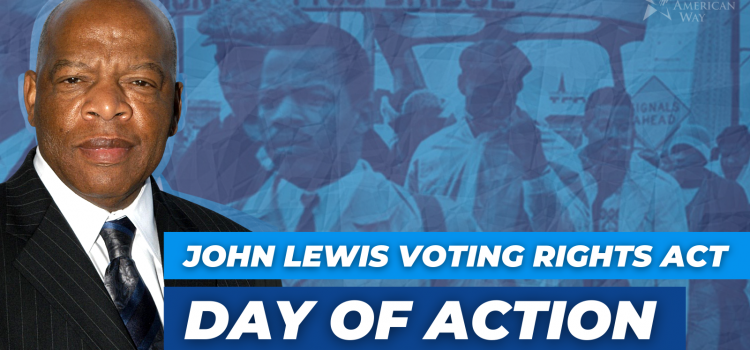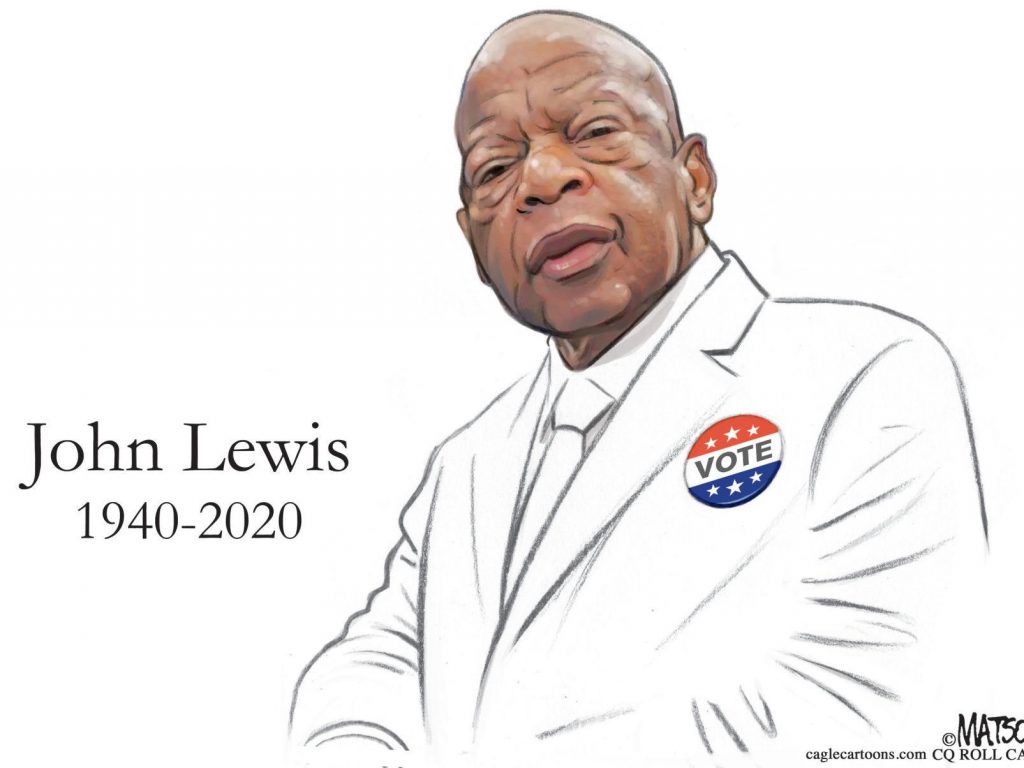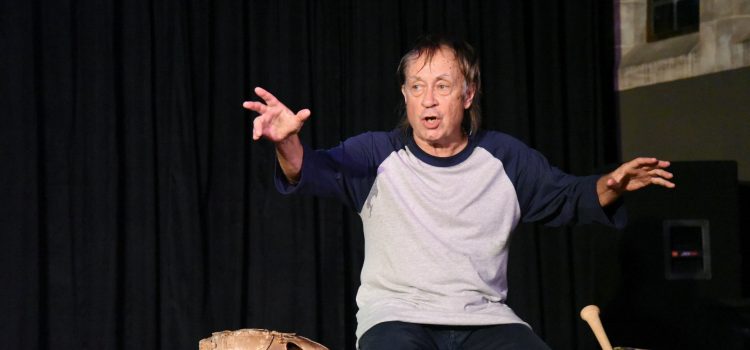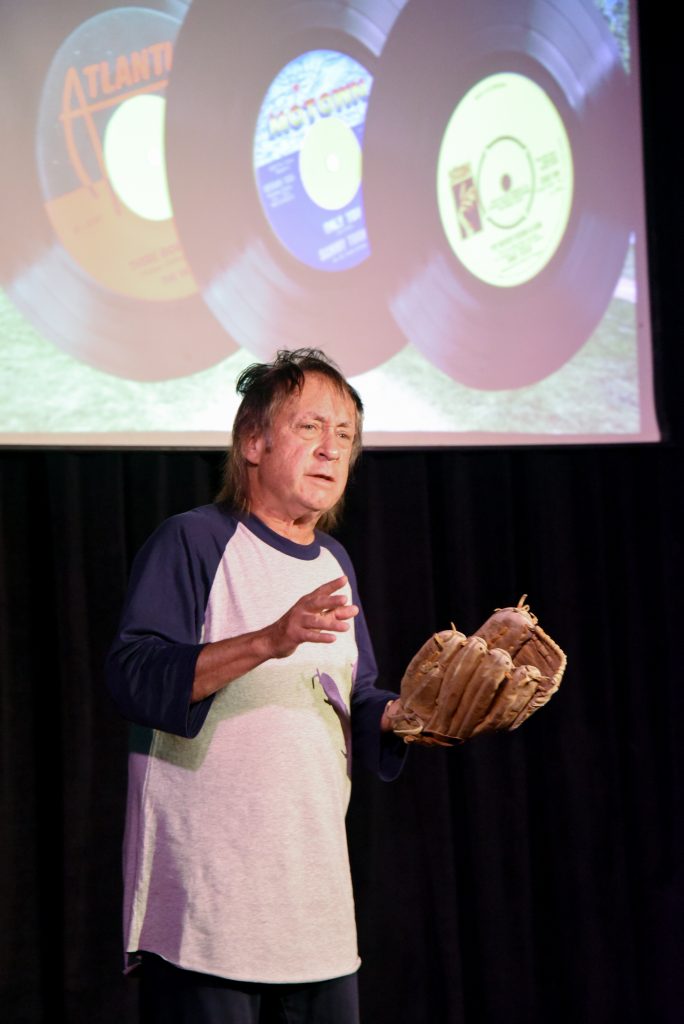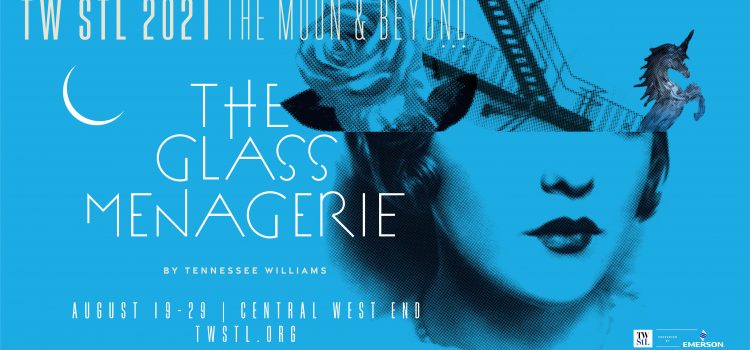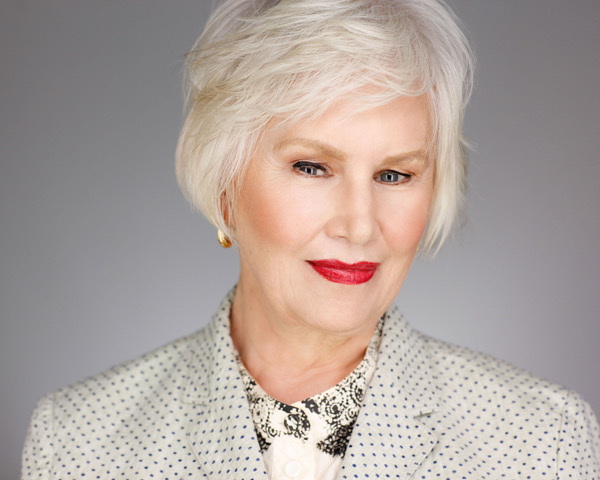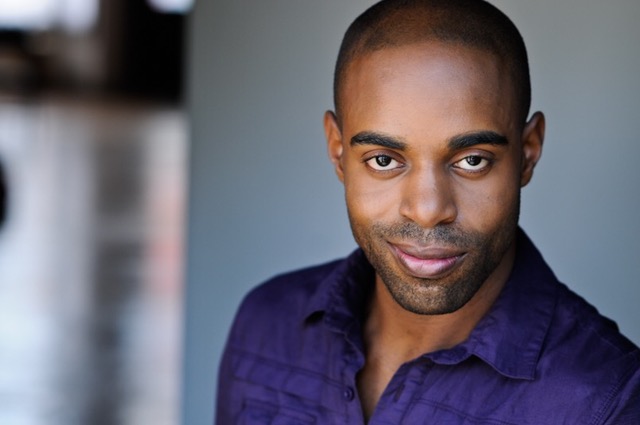By Alex McPherson
Directors Ting Poo and Leo Scott’s new documentary, “Val,” provides a zoomed-in look at actor Val Kilmer’s life that, while somewhat hagiographic, forms an affecting story of perseverance, reinvention, and reaching for the stars. Cutting between personal video recordings narrated by his son, Jack, along with current footage of him contemplating the meaning of life, “Val” spotlights a complicated figure through a career of soaring highs and crippling lows.
Growing up in Los Angeles to wealthy parents, Kilmer developed an intense passion for filmmaking and acting — creating home movies on Roy Rogers’ Ranch with his brothers, Wesley and Mark, that parodied such classics as “Jaws.” At age 17, Kilmer was the youngest student accepted at Juilliard at the time, but Wesley died in a tragic accident soon before, leaving Kilmer reeling with grief.
Determined to make a name for himself, the talented, handsome Kilmer excelled in his studies and, after graduating, eventually acted in a Broadway production of “Slab Boys.” His acclaim landed him film gigs in the 1980s and ‘90s, including in “Top Gun,” “The Doors,” “Tombstone,” “Heat” and as the Caped Crusader in “Batman Returns.”
Despite his fame, Kilmer remained largely unsatisfied with his career, feeling as though his personal brand of acting was held back by the roles he was assigned. His arrogance, disguised as devotion to the craft, sparked conflicts with collaborators, including on the set of “The Island of Dr. Moreau,” which garnered Kilmer a troubled reputation.
Flash forward to today and the charismatic soul, having survived throat cancer and undergone a tracheostomy distorting his speech, is a much humbler individual than before — seeking to help viewers understand the human being behind the persona, and willing to share the wisdom he’s learned through his experiences.
Although not immune from indulgent flourishes, “Val” winds up being a cathartic look at a celebrity looking back on a turbulent career and embracing the beauty of love, family, and creativity in the present. The film allows the world to see a frank, though nevertheless curated, look behind the tabloids.
Eschewing the talking-heads format common to documentaries, “Val” features copious footage recorded by Kilmer himself over the last 40 years. Viewers see behind-the-scenes shenanigans with fellow actors, footage from his childhood projects, audition tapes for “Full Metal Jacket,” and much more, in addition to darker moments of Kilmer’s self-destructive tendencies.
In modern times, we see Kilmer spend time with his son and daughter, Mercedes, attend draining autograph signings at Comic Con, mourn what he’s lost, and ponder what the future holds.
As “Val’” juxtaposes the rowdy, perfectionistic younger man with his significantly wiser self years later, it’s often moving, as viewers grow attached to the aging figure at the center of it all. Indeed, the film is organized in a bittersweet fashion — chock full of impactful moments both happy and sad, with thought-provoking reflections sprinkled throughout that tie most everything together. Through the lens of viewers unfamiliar with Kilmer’s previous work, however, “Val” might not hit as hard as intended when nostalgia is lessened.
Although Kilmer’s story is inspiring, “Val” feels more like a melancholic tribute than a comprehensive exploration, for better and worse. For instance, the film treats his Christian Science background and on-set controversies with a light touch. “Val” also follows a traditional narrative trajectory that’s, in a sense, at odds with Kilmer’s own goals of shaking things up with his projects.
Suffice to say, when Kilmer begins comparing himself to Mark Twain, “Val” feels a bit too full of itself, and loses some of its emotional power as a result.
(Twain, one of his influences, inspired his one-man show turned film presentation, “Cinema Twain,” and his charity, TwainMania, is about teaching the authors to students.)
Easy to admire but ham-strung by its limited perspective, “Val” still delivers a revealing look at a frequently underrated actor who has finally achieved a sense of inner peace. What we’re left with is a film that’s not as profound as it thinks it is, but leaves us with a greater understanding of a flawed, resilient artist who hasn’t abandoned his dreams.

“Val” is a 2021 documentary co-directed by Ting Poo and Leo Scott. It is rated R for some language and runs 1 hour, 49 minutes. It is available in theaters on July 23 and on Amazon Prime on Aug. 6. Alex’s grade: B.

Lynn (Zipfel) Venhaus has had a continuous byline in St. Louis metro region publications since 1978. She writes features and news for Belleville News-Democrat and contributes to St. Louis magazine and other publications.
She is a Rotten Tomatoes-approved film critic, currently reviews films for Webster-Kirkwood Times and KTRS Radio, covers entertainment for PopLifeSTL.com and co-hosts podcast PopLifeSTL.com…Presents.
She is a member of Critics Choice Association, where she serves on the women’s and marketing committees; Alliance of Women Film Journalists; and on the board of the St. Louis Film Critics Association. She is a founding and board member of the St. Louis Theater Circle.
She is retired from teaching journalism/media as an adjunct college instructor.

